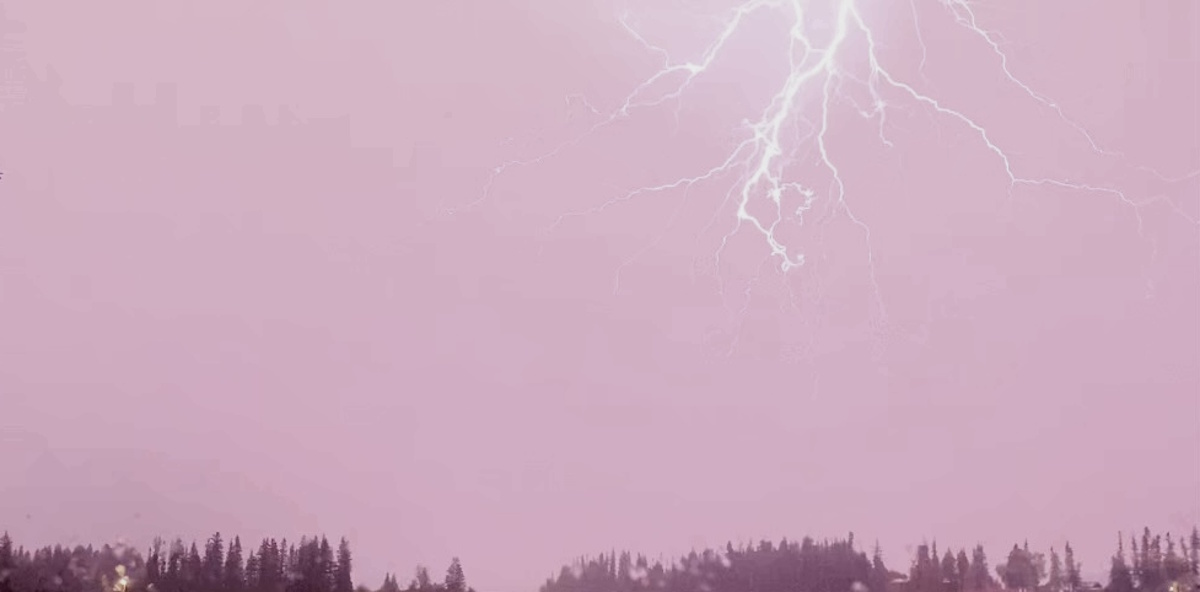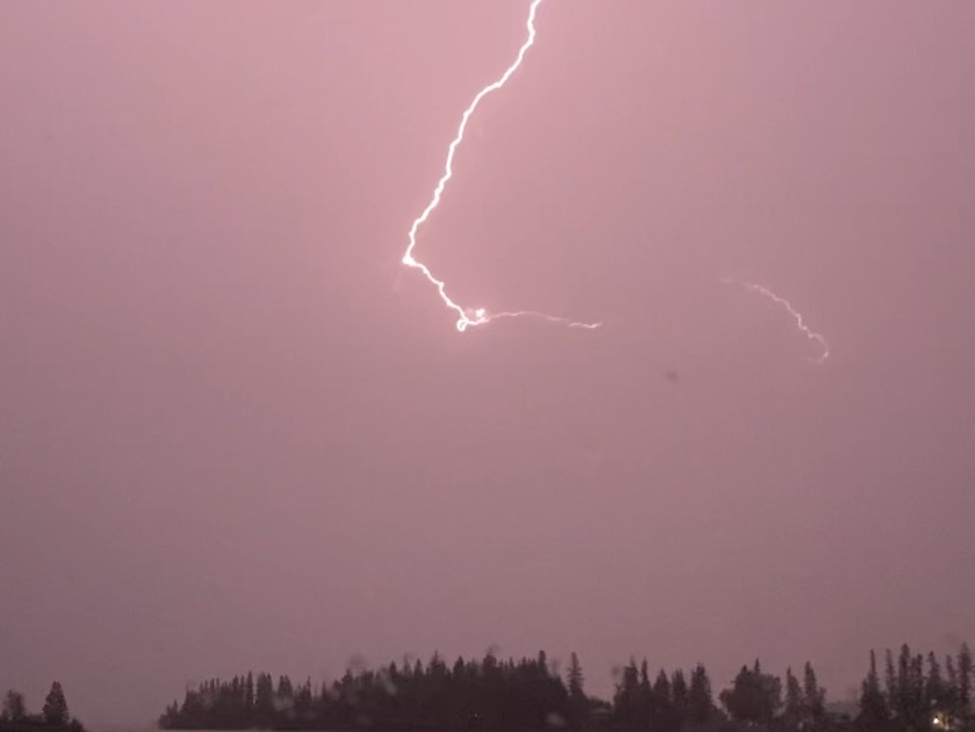After last week’s tropical heat wave southwest Manitoba is enjoying more moderate temperatures this week.
Applied Research Analyst with Manitoba Agriculture, Scott Chalmers, says overall we’re 100% of normal with crop heat units – but still below normal rainfall.
He adds the July 3rd storm brought rain but significant damage at the same time. "We had a significant hail event recently, stretching from Cromer to just north of Bede and south of Pipestone. Some of the crops in that area took a pretty hard hit.”
“I just filed three insurance claims for my vehicles in Reston. I know we all have to make sacrifices sometimes—take one for the team—but that was quite the system that rolled through last week," shares Chalmers. "It brought a lot of much-needed rain to many areas, though we’re still quite dry just south of Melita, around Pearson to Waskada. We could really use more rain there—we’re just hanging on.”

“I call it the thunderstorm lottery," he adds. "If you’re lucky enough to catch one of these storms and avoid the hail, you might get some decent rain. But we haven’t had a major system come through in a while. When it does rain, it really dumps. In the southwest corner, we’re doing fairly well, stting at about 60 to 75% of normal rainfall. And thankfully, the rain we’ve had has come at the right times, which has helped.”
“Other parts of the province aren’t as fortunate. Around Arborg, they’re only at 25% of normal rainfall. The Interlake region is extremely dry, and even Carman is only at 44%. On the bright side, we’re sitting at about 100% of normal crop heat units, so temperatures have been on track—it’s just the moisture that’s lacking.”
Pest and Disease Update
“We’ve had a bit of a battle with pea leaf weevils, which we’ll be discussing at our upcoming WADO Field Day," explains Chalmers. "We’ll likely be digging up nodules and checking for larvae damage. As for Fusarium head blight, I just checked our winter wheat and didn’t find any signs of it yet, but the risk is currently very high. If you’ve got wheat crops, now might be the time to consider a fungicide application—if the staging is right.”
Chalmers says he's seen a few grasshoppers and though numbers are low now, that's still something to keep an eye on. As well, diamondback moth numbers are low, but still worth monitoring.
"We’ve also just finished spraying fungicide on our canola for sclerotinia, which is at the right stage now," he adds.
Livestock and Water
“Given the dry conditions, it’s a good time to check your dugouts,' notes Chalmers. "Make sure there’s enough water and that it’s clean—not turning green or showing signs of contamination. It’s important to ensure your animals have access to safe, clean water.”
WADO Field Day takes place this week Thursday, July 17th (See details below!)
![]()
